Who is the Goddess Kali?
Kali is the Hindu Goddess of destruction. She destroys evil and egoism and fights for justice; she is regarded as the more aggressive form of Durga. Kali is the first of 10 incarnations of Durga.
“Kali” is a name derived from Sanskrit and means “she who is black” or “she who is death.” Goddess Kali is known by several other names, such as Chinnamasta, Chaturbhujah Kali, or Kaushika.
Kali is depicted with a fierce face. She adorns a necklace of heads, a skirt of arms, and a lolling tongue and holds a knife dripping with blood.
Kali is often associated with sexuality and violence. However, she is also considered a strong mother figure and is a symbol of motherly love. In addition, she is an embodiment of feminine energy, creativity, and fertility.
Kali is particularly worshiped in eastern India, specifically in states such as West Bengal and Assam.
How Kali Came Into Existence
There are several versions of how Kali came into existence. According to one version, it is stated that when Goddess Durga fought with Mahisasura, she became immensely enraged. Her anger burst from her forehead and created the form of Kali.
Once born, Kali, the Black Goddess, went wild with anger and ate all the demons that she came across. Her bloody attacks were unstoppable. It seemed impossible to calm her down.
Finally, Lord Shiva intervened to stop Kali’s destructive rampage. He lay down on her path. When Kali came to know that she was standing on Lord Shiva, she calmed down. So, Kali is often associated with battlegrounds and areas where cremation is performed.
There is another version of Goddess Kali’s birth. This version states that Kali appeared when Goddess Parvati shed her dark skin. It gave birth to Kali or Kaushika (the Sheath), while Parvati is left as Gauri (the Fair one). So, Kali emphasizes eternal darkness. She can destroy as well as create.
There is also a third version of the birth of Goddess Kali. Once, the demon Daruka was terrorizing humans and Gods. All the Devas pleaded with Devi Parvati to deal with the troublesome demon.
Parvati jumped down Shiva’s throat and combined the poison that was held in his throat. So, Parvati was transformed into Kali. Then Kali leaped from Shiva’s throat, got rid of the demon Daruka, and restored peace in the world.
Finally, Kali’s birth is related to the terrible demon Raktabija (blood seed). This demon was causing great trouble to people and Gods alike. Raktabija could produce more demons with every drop of his blood that fell to the ground. All the Gods were terrified by the wrath of Raktabija.
The Gods combined all their energy to create a super being in the form of Kali. She had all the divine weapons and swallowed the demons as a whole, thereby not spilling any blood in the process.
Kali killed Raktabija by chopping off his head with a sword and drinking all his blood. Kali ensured that no drop of his blood fell to the ground. So, no demons could trouble the world.
Why do we worship Goddess Kali?
Goddess Kali is regarded as the Supreme Mother of the Universe. She is the most powerful Hindu Goddess. She possesses yogic powers that belong to a higher consciousness beyond the dualities of the mind and even the body’s urges.
Although her appearance is rather dramatic, dark in color, and fierce demeanor, Kali is full of compassion and love for her devotees. She possesses the ultimate transforming power of time. Kali takes us from death to immortality. She holds the “Vidyut Shakti,” which is the electrical force of consciousness.
She represents victory over death and destruction. Kali is hailed as the warrior Goddess and removes all the illusions of the mind; she guides devotees on the path of the divine source of existence.
Kali represents the “Yoga Shakti” and helps devotees attain their true selves or the union of atman with Paramatma. Moreover, the Kundalini Shakti works with the magical powers of Goddess Kali. She dissolves all the chakras and helps devotees to attain unity with the Universal Consciousness.
Kali is the inherent “Shakti” of Lord Shiva as Mahakaal. Her dance on Shiva shows divine life and joy that comes out of absolute stillness and bliss. She is the Universal Mother and blesses her children with power, peace, prosperity, and well-being. She guides us from the deepest darkness and helps us reach life’s highest light.
So, worshiping Goddess Kali ushers in a real change of consciousness. She blesses us with a divine life of peace and fills our hearts with eternal joy and bliss.
Why do we Celebrate Kali Puja?
In regions such as West Bengal and Odisha, devotees worship Goddess Kali on the auspicious day of Kali Puja. It is held on the new moon day (Amavasya Tithi) in the Hindu month of Kartika.
According to Hindu legends, there was a fierce battle between the Devas and the Asuras (demons). As a result, the Devas suffered immensely at the hands of the demons. So, all the Devas approached Goddess Durga and requested to save them.
Goddess Durga created a female power (Nari Shakti) from her forehead. Thus, Kali was born to save the world from the cruelties of the demons. Kali killed all the devils and evil forces. However, she lost control and started to kill whoever came her way. Finally, Lord Shiva intervened and stopped Kali. She hung her tongue out and repented when she stepped over God Shiva.
That momentous day is celebrated as Kali Puja.
Kali Puja is celebrated to seek the protection of Kali from evil forces. Goddess Kali destroys evil (external and internal) and blesses devotees with health, wealth, peace, and happiness.
Who Started Kali Puja in Bengal?
While many Hindu festivals go back to ancient times, Kali Puja does not stand true. So, Kali Puja is not an ancient festival. Kali Puja was mainly unknown before the 18th Century. However, there are mentions of an annual festival dedicated to Goddess Kali in the 17th Century devotional text known as “Kalika Mangal Kavya,” written by Balram.
Raja Krishnachandra of Navadvipa introduced Kali Puja in Bengal during the 18th Century. It was further popularized in the 19th Century by Krishnachandra’s grandson Ishvarchandra. Bengali elite gentry, such as wealthy landowners, further popularized the festival in Bengal on a grand scale. Gradually, Kali Puja became one of the biggest festivals in Bengal and Assam.
How do we Celebrate Kali Puja?
Kali Puja is celebrated with great devotion. Devotees decorate their homes and equip them with shrines dedicated to Goddess Kali. They install clay sculptures of Goddess Kali in their homes. Even pandals (open pavilions) are created where idols of Kali are worshiped.
In the evening, Goddess Kali is worshiped using Tantric rites and Mantras. In a skull, she is offered red hibiscus flowers, sweets, lentils, rice, fish, meat, and even animal blood. Devotees meditate throughout the night until dawn
Homes and pandals also worship Goddess Kali in the mainstream Hindu style, wherein no animals are sacrificed. She is only offered food, sweets, rice, lentils, and fruits.
However, in Kali-worshiping’s Tantric tradition, animals are ritually sacrificed and offered to the Goddess on Kali Puja Day. Kali Puja is performed on large cremation grounds in places such as Kolkata, Bhuvaneshwar, and Guwahati.
Usually, pandals have images of Lord Shiva along with sculptures of Goddess Kali. Scenes from Hindu mythology are vividly portrayed in these pandals. It even carries images of Saint Ramakrishna and Bamakhepa, who were famous Kali devotees.
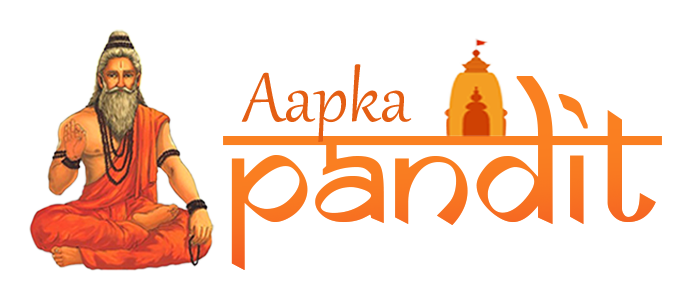
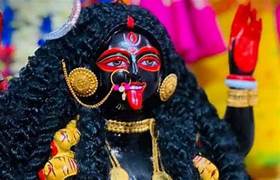


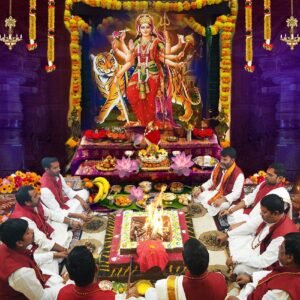

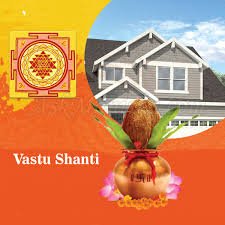

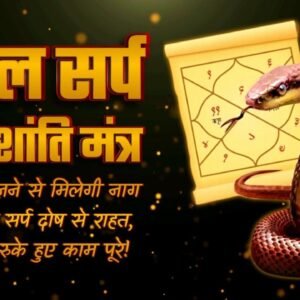
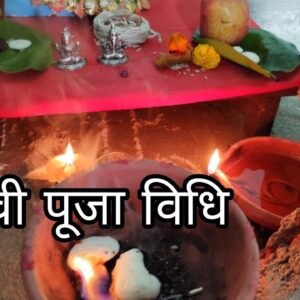
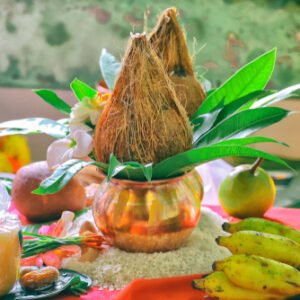

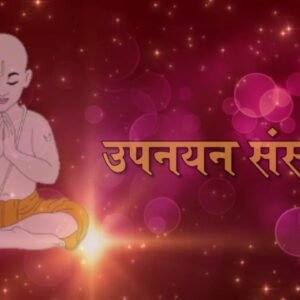
Reviews
There are no reviews yet.